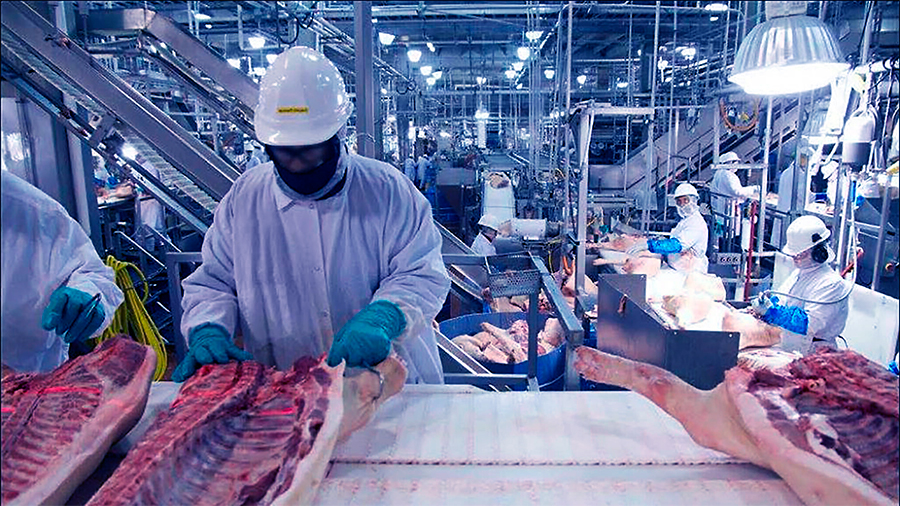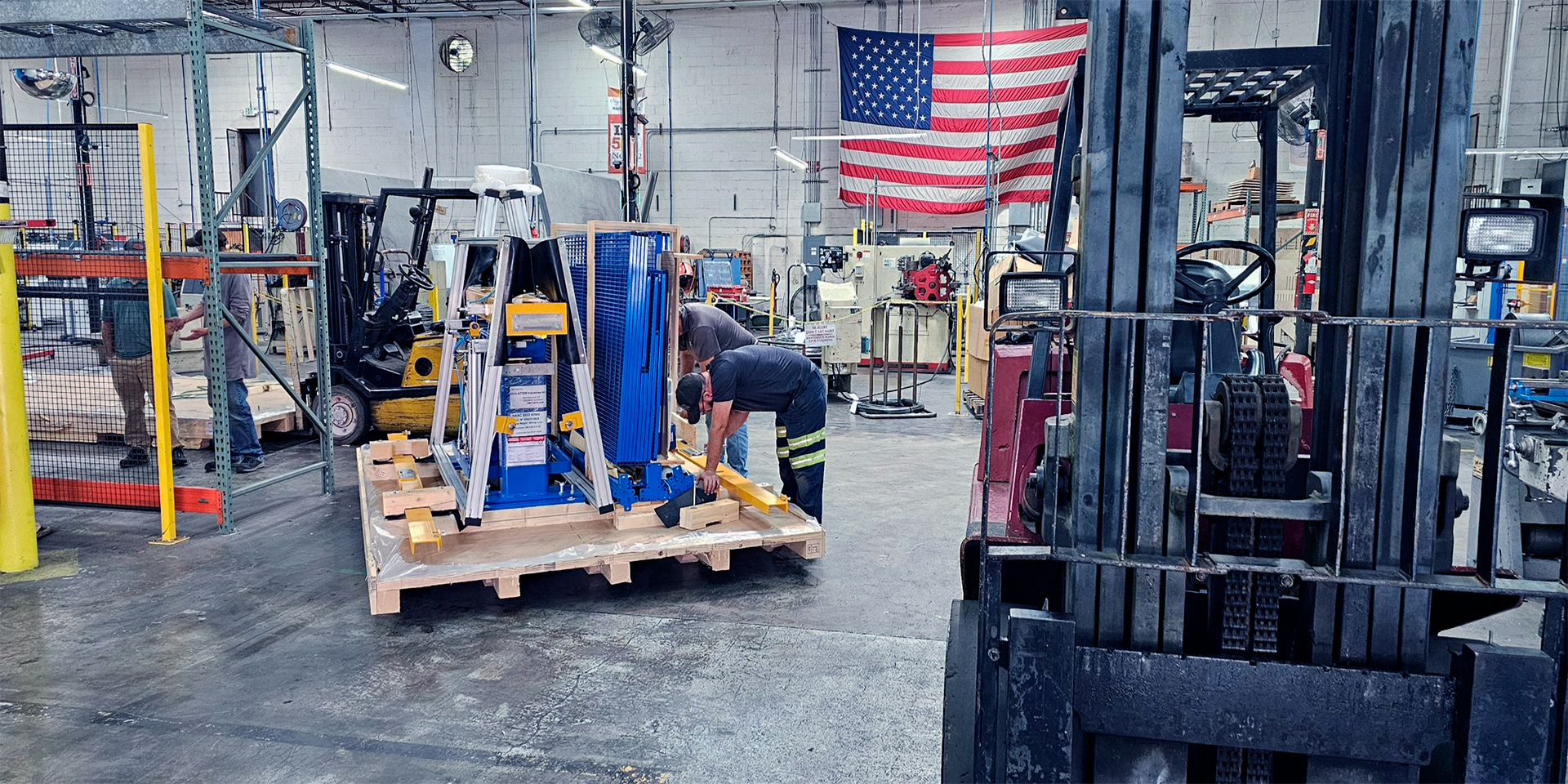Growth In Domestic Production As A Long-Term Method Of Reducing Inflation
Inflation is one of those economic forces that everyone feels but few fully understand. Prices climb slowly at first, then suddenly everything from groceries to rent feels out of reach. Policymakers often scramble to cool demand with temporary tools like higher interest rates or subsidies. These measures may calm markets for a while, but they rarely solve the deeper issue. The most effective, though less immediate, solution is growth in domestic production. By making more at home—whether food, energy, or essential goods—countries can bring demand and supply back into balance. Supporting local producers is not about slogans or protectionist pride; it is about creating long-term stability that keeps inflation in check.
Why Quick Fixes Don’t Last
Inflationary pressure builds when demand outpaces available supply. Raising interest rates slows consumer spending and investment, but it doesn’t increase the number of goods on the shelves. Subsidies or tax breaks may reduce costs temporarily, but they drain government budgets and often distort markets. Price caps can create shortages, as producers refuse to sell at artificially low levels. These policies act like a bandage on a deeper wound. The underlying imbalance—too much money chasing too few goods—remains. Once the temporary measure is lifted, prices often surge again, sometimes even faster than before. Without a parallel effort to expand domestic production, inflation continues to resurface in cycles.
The Rebound Effect
Short-term measures sometimes worsen inflation in the long run. Subsidies create artificial demand. Rate hikes stall investment, making it harder for industries to expand supply later. This makes the economy more fragile, not less.
How Domestic Production Stabilizes Prices
Producing more at home addresses inflation at its root. If local farmers grow enough wheat, global grain shocks have less impact. If domestic factories make building materials, construction costs become steadier. When countries rely too heavily on imports, they are exposed to volatile global prices, currency swings, and logistical disruptions. Strengthening domestic industries reduces these vulnerabilities. With stronger local supply, goods flow steadily to meet demand, reducing the pressure that drives prices up. This kind of inflation control works more slowly but also more reliably, creating a base of stability that emergency measures cannot replicate.
The Multiplier Effect
Increased domestic production generates wider benefits. It creates jobs, raises wages, expands tax bases, and fosters innovation. These secondary effects further stabilize prices by making households more resilient to cost fluctuations.

Key Sectors That Shape Inflation
Not every sector contributes equally to inflation. Essential goods and services—food, energy, housing, and manufacturing inputs—have outsized influence. When these rise in price, everything else follows, since they affect both household budgets and business costs. Expanding production in these areas reduces inflationary pressures across the economy.
| Sector | Why It Matters For Inflation | Examples Of Domestic Solutions |
|---|---|---|
| Food | Staples dominate consumer spending; shortages spark panic | Investing in local agriculture, irrigation, cold storage, logistics |
| Energy | Fuel and electricity costs affect transport, heating, and manufacturing | Expanding renewable capacity, building local refineries, diversifying supply |
| Construction Materials | Building costs influence housing affordability and infrastructure projects | Scaling domestic cement, steel, and timber industries |
| Manufacturing | Basic consumer goods reduce reliance on imports and supply chain risks | Supporting SMEs to produce electronics, textiles, and household tools |
Reducing Import Exposure
Every imported product is subject to global price volatility. Building local capacity in strategic sectors ensures that a rise in international oil or grain prices doesn’t immediately spill over into domestic inflation.
Domestic Production And Jobs
Expanding production isn’t just about goods; it’s about people. Every new farm, factory, or workshop creates employment. Employment drives incomes, which creates healthier, more stable demand. Unlike subsidies that temporarily reduce costs, jobs build permanent resilience. Workers with steady incomes can handle modest price increases without panic, reducing speculative buying that worsens inflation. Moreover, strong employment builds consumer confidence, encouraging responsible spending rather than hoarding. This balance between stable supply and steady demand helps inflation ease naturally, without the harsh side effects of sharp rate hikes.
Employment As A Shock Absorber
When people feel secure in their jobs, they react less dramatically to price shifts. This psychological stability is just as important as the supply effect itself.
Historical Lessons
History offers examples of domestic production as an inflation control tool. Post-war Europe’s Marshall Plan emphasized rebuilding industry, not just stabilizing currency. This supply-side expansion laid the foundation for decades of stability. South Korea, starting in the 1960s, invested heavily in manufacturing capacity, which not only fueled exports but also provided steady domestic supply, keeping inflation relatively under control. In agriculture, India’s Green Revolution reduced dependence on imports and stabilized food inflation over time. These stories show that boosting production may be slower but creates lasting effects, shielding economies from repeated crises.
Contemporary Examples
Today, renewable energy projects in Europe aim to reduce exposure to imported gas. Africa is investing in fertilizer and grain storage to cut vulnerability to global food shocks. These modern moves echo the same principle: local supply brings price stability.
The Challenges Of Building Domestic Capacity
Of course, strengthening domestic production is not easy. It requires heavy capital, technology transfer, training workers, and years of infrastructure building. Political commitment is essential, as industries cannot flourish without consistent policy. Poorly designed subsidies or overprotection can lead to inefficiency and low-quality products, which backfires. Corruption, weak logistics, or unstable regulations may discourage investment. These risks explain why some countries lean on quick fixes—they are easier and faster. Yet avoiding the harder path of building capacity leaves economies exposed, forcing repeated cycles of inflation control.
Time Horizons
Expanding supply is a long-term project. Governments and businesses must be prepared to see returns over years, not months. But once capacity is in place, the benefits compound for decades.

Balancing Domestic Growth With Global Trade
Domestic production growth doesn’t mean closing borders. Imports will always play a role, especially for specialized goods where local efficiency is low. The goal is to strike balance: use imports for what cannot be efficiently made at home while ensuring local production meets basic and strategic needs. A mix of domestic strength and international trade creates resilience without sacrificing choice or competitiveness. This balance reduces exposure to global shocks but keeps economies open enough to innovate and grow.
Strategic Priorities
Focus first on essentials—food, energy, housing inputs. Once these sectors are stable, inflationary shocks become less severe, giving policymakers breathing room to manage broader growth.
Practical Gains For Households And Firms
For households, expanded domestic production means steadier prices for essentials. Food costs stabilize when local harvests can cover demand. Energy bills are less volatile when domestic power plants supply electricity. Housing affordability improves when construction inputs are produced locally. For businesses, stable input costs mean predictable budgets, smoother planning, and better investment decisions. Banks and lenders also benefit: inflation stability lowers default risks, improving credit markets. The benefits spread widely, showing why production-driven stability is superior to temporary policy tricks.
Confidence As Currency
Stable prices create trust in the economy. That trust reduces speculative buying, hoarding, or panic-driven spending, all of which often worsen inflationary cycles.
The Long-Term Payoff
Supporting domestic production demands patience, but it is one of the few strategies with lasting rewards. Unlike subsidies that disappear or rate hikes that squeeze growth, expanded production builds permanent capacity. Each new factory, farm, or power plant becomes part of the foundation for future stability. Inflation may never vanish completely, but with strong domestic supply, it becomes less volatile, less damaging, and more predictable. Economies that choose this path often emerge stronger, with healthier labor markets, competitive industries, and more resilient households.
The Classic Trade-Off
The cost is time and investment. The payoff is decades of stability. In the inflation fight, that trade is worth making.
The Conclusion
Inflation is often fought with short-term tools, but the real solution lies in producing more at home. Growth in domestic production addresses the root imbalance between demand and supply. It shields economies from global shocks, creates jobs, and stabilizes prices in ways that quick fixes never can. While it requires capital, planning, and patience, the long-term payoff—resilient households, confident businesses, and stable prices—makes it one of the most effective strategies available. Temporary measures cool the fever, but only strong domestic production builds the lasting health that keeps inflation under control.


